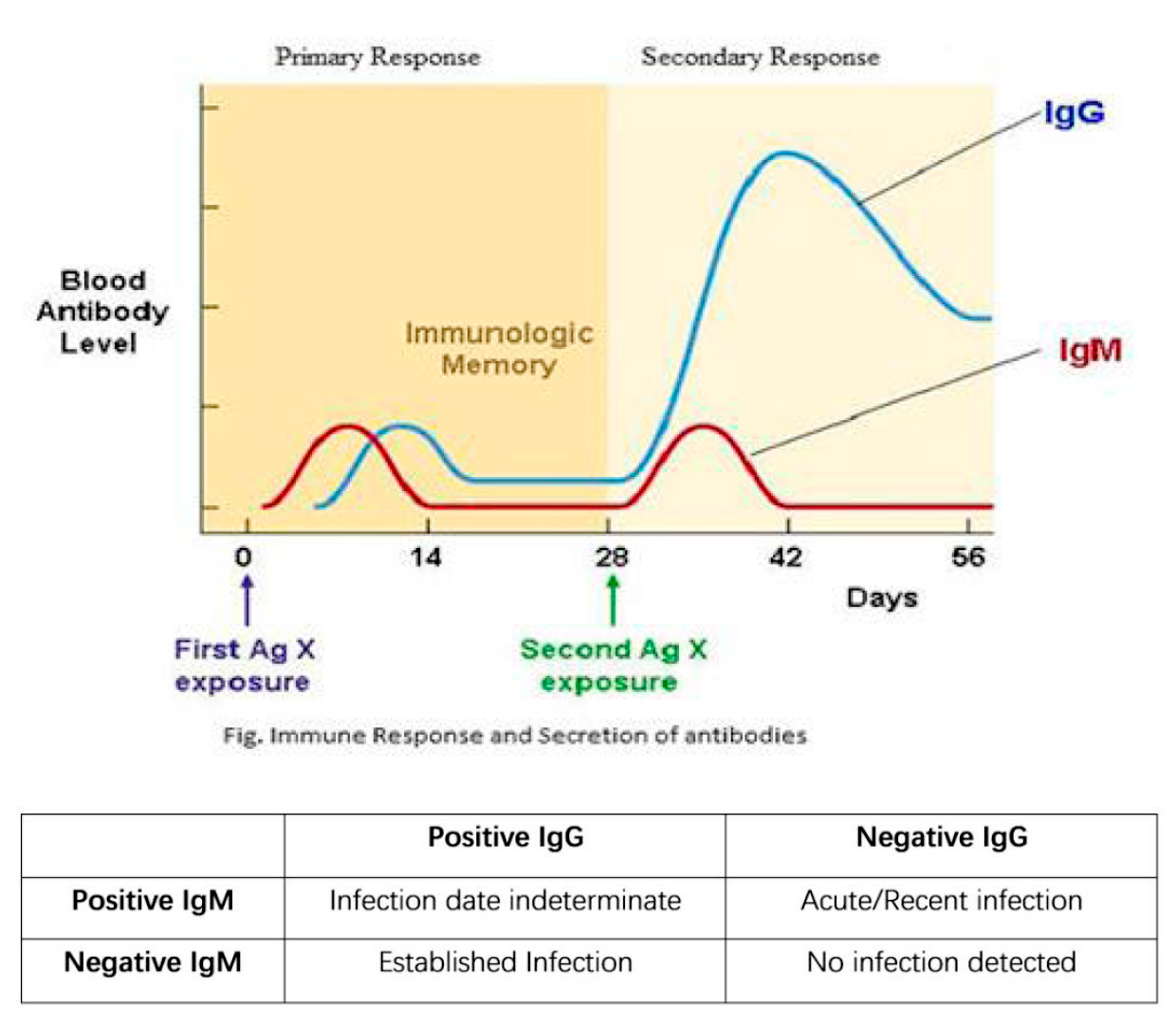
Coronaviruses (CoV) are a large family of viruses that cause illness ranging from the common cold to more severe diseases such as Middle East Respiratory Syndrome (MERS-CoV) and Severe Acute Respiratory Syndrome (SARS-CoV).
World Health Organization
Illnesses can be mild, or in some cases be severe enough to require hospitalization. Symptoms of this respiratory illness primarily include:
A significant portion of patients who otherwise fit the diagnosis based on clinical and chest CT findings, including many hospitalized patients, have tested negative for viral RNA. Other common respiratory etiologies, such as influenza, were excluded. These remain “suspected” cases and may be reflective of false negativity in sampling. In some patients, the virus may be present in the lower respiratory secretion but absent in the upper respiratory tracts.
-“Evolving status of the 2019 novel coronavirus infection: Proposal of conventional serologic assays for disease diagnosis and infection monitoring” Journal of Medical Virology
For a new type of infection, it takes time for the body to make strong antibodies to fight infections. The two types that herpes blood tests look for are IgG and IgM.
Herpes IgM antibodies usually are detectable by herpes blood tests within 7-10 days after initial infection. IgM levels stay high for approximately two weeks. After that, they usually decline. Therefore, IgM testing is primarily considered to be useful for detecting acute infection.
Immunoglobulin G (IgG), the most abundant type of antibody, is found in all body fluids and protects against bacterial and viral infections.
Read more